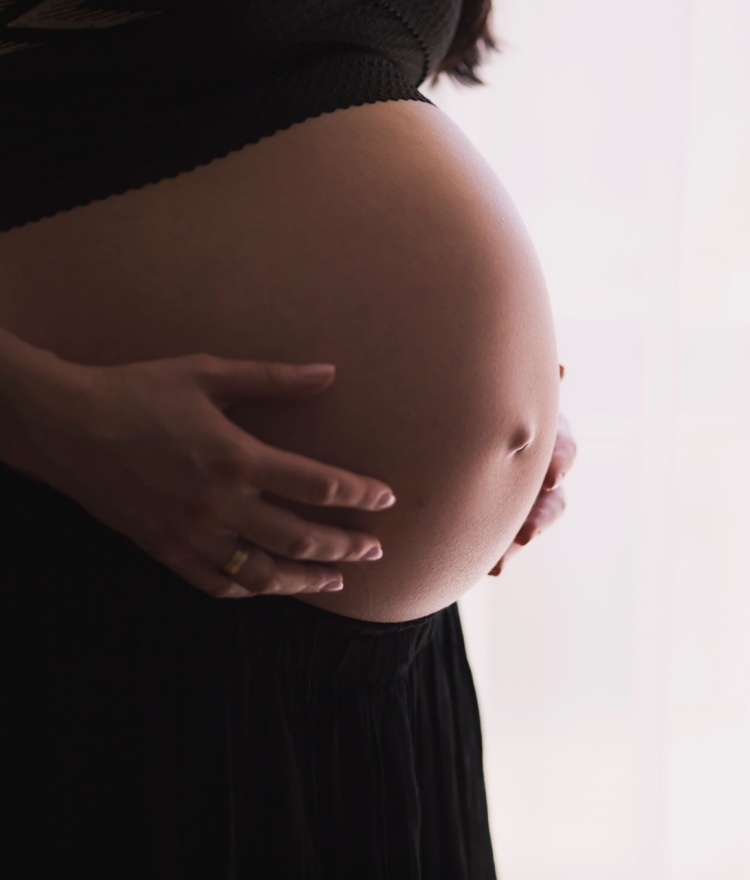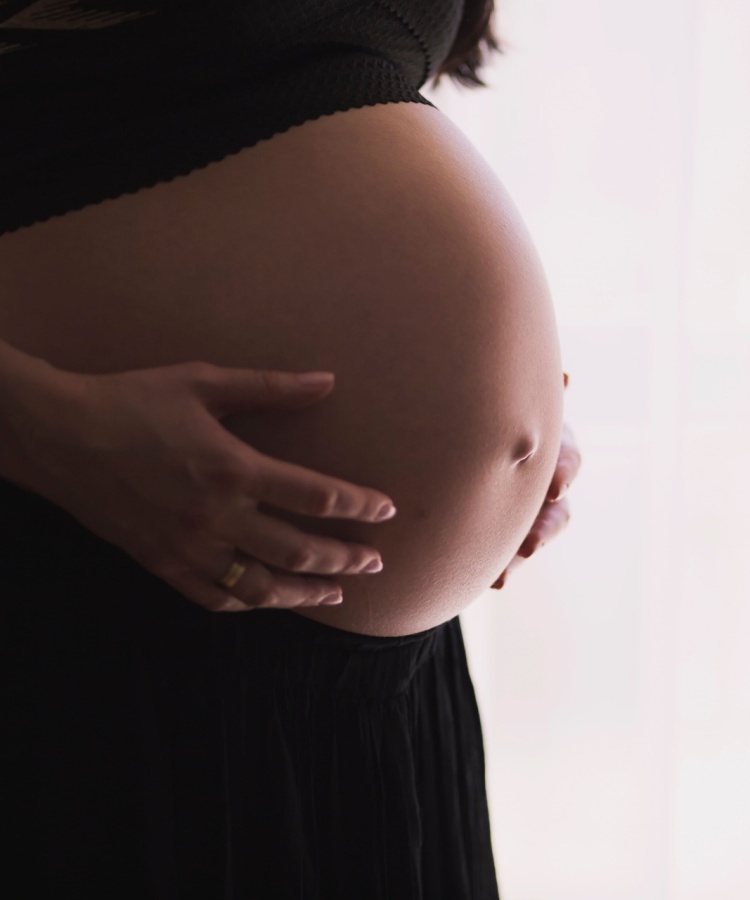
Infertility
Infertility is the inability to get pregnant after a year of insecure intercourse.
Nearly 15% of couples in India are affected by infertility. Men and women both can be infertile. According to the Centers for Disease Control, 1/3 of the time the diagnosis is due to male infertility, 1/3 of the time it is linked to female infertility, and the leftover cases of infertility are due to a grouping of factors from both partners. For around 20% of couples, the basis cannot be determined.
In the making of a baby, there are myriad complications can arise. We explore the different kinds of infertility, what can be done, the costs involved, and the tricky ethical and legal issues that can crop up.
What is infertility?
In a fertile couple in their twenties having regular unprotected sex, the possibility of conceiving every month is only 25 percent. Consequently, how do we know when something’s amiss?
The answer depends on the age of both couples. As the man’s age is thought to play a role, the medical explanation of infertility focuses on females. A female under 35 is considered infertile if she is unsuccessful to become pregnant after 12 months of regular unprotected sex. But for females over 35, the threshold is six months instead of 12 months.
There are levels of infertility. The majority of infertile couples are in reality sub fertile – they produce eggs and sperm but have complexity conceiving due to disorders such as hormone imbalances and difficulties of the reproductive tract. Cases of total infertility – where no eggs or sperm are produced – are rare.

Infertility statistics
- One in five couples is sterile. In 40 percent of cases, the problem is in the male, in 40 percent in females, ten percent with both partners and in a further ten percent of cases, the cause is unknown.
- Infertility problems strike one in three women over 35.
- 1 in 25 males has a low sperm count and 1 in 35 is sterile.
- For healthy couples in their twenties having regular unprotected sex, the possibility of becoming pregnant each month is 25 percent.
- More than one percent of births in India involve the use of assisted reproductive technologies.
How Does Age Have an Effect on Fertility?
Females are born with a limited number of eggs. Therefore, as the reproductive year progress, the quantity and quality of the eggs reduce. The probability of having a baby reduces by 3% to 5% per year after the age of 30. This reduction in fertility is prominent to a much greater extent after age 40.
Diagnosis
After 12 months of trying to conceive should discuss with a doctor for fertility. Both partners will undergo a series of tests. The test results will give clues to the type of infertility and finally a treatment plan to overcome the problem.
First of all, the specialist will look at the partner’s medical history. In the females, this comprises information on any previous pregnancies, the regularity of her periods; and whether she has had painful periods, pelvic pain, PID, or surgery. A specialist will want to know if the man has previously fathered children, suffered a testicular injury; or had any developmental problems, infections, or surgery; or if he has been exposed to certain environmental factors.
Next, there will be a physical examination, which may include:
Blood tests: A series of tests will establish if there is a hormonal basis for the partner’s infertility – this may be corrected by hormonal supplements. Other tests will ensure for rubella, blood group, sperm antibodies, and sexually transmitted diseases, for instance, HIV, Hepatitis B, and C.


Ultrasound inspection: This gives information on what the ovaries and uterus look like. For the growth of eggs, the thickness of the lining of the uterus, the presence of fibroids or polyps on the uterus, as well as signs of endometriosis or ovarian cysts.
Semen analysis: Men need to provide a semen sample this allows specialists to assess the number of sperm, how well they swim (known as ‘motility’), and the presence of sperm antibodies.
Coping with infertility
Finding out who is infertile, or sub-fertile can be a traumatic experience. One or both may experience feelings of blame, anger, rejection, guilt, self-pity, or jealousy, which may place stress on the relationship. These feelings are common provide counselling services to help deal with them.
Going through infertility treatments can be an emotional rollercoaster, especially for patients who fail to become pregnant after several cycles. The beginning of a cycle is full of hope, anticipation, and the anxiety of wondering “Am I pregnant?” This can be quickly followed by dealing with the disappointment and despair of ‘failed’ cycles.
Many couples find fertility support groups useful for sharing coping strategies and experiences.
Types of infertility
For centuries, if the partner were unable to have a baby, it was considered the woman’s problem. We now know both men and women suffer infertility problems and these are no more common in one sex than the other. Sometimes multiple factors are involved in one or both partners.
Among couples who are infertile, about 40 percent of cases are exclusively due to female infertility, 40 percent exclusively to male infertility, and ten percent involve problems with both partners. In the remaining ten percent, the cause is unknown.
Women can experience disorders such as hormone imbalances, blocked fallopian tubes, endometriosis, or abnormalities of the reproductive organs. Men can suffer infertility if they have problems with the number and shape of their sperm, produce antibodies against their sperm, or have blocked spermatic cords. In some cases, the exact cause of infertility cannot be explained.

Female infertility
Ovulation disorders
A delicate balance of sex hormones (estrogen, progesterone, luteinizing hormone, follicle-stimulating hormone) is required for the timely growth and release of the egg from the ovary (ovulation).
Hormone imbalances can cause ovulation disorders in women and are the most common cause of infertility in women.
Fallopian tube damage
It is in the fallopian tube that fertilization takes place after the egg is released from the ovary into the tube and is met by sperm. Full or partial blockage of the fallopian tubes will prevent fertilization taking place.
Fallopian tubes can be damaged by inflammation that results from viral or bacterial infections, some types of sexually transmitted diseases, or complications of surgery such as adhesions or scarring.
Uterus and cervical disorders
Benign growths on the uterine wall, such as fibroids or polyps, can also contribute to infertility as they interfere with the attachment of the embryo onto the uterus wall.
Abnormalities in the shape of the cervix or changes in the texture of the cervical mucus can make it difficult for the sperm to move from the vagina into the uterus.
Endometriosis
Endometriosis is a condition where the lining of the uterus forms at inappropriate places within and outside of the reproductive tract. It can block the fallopian tubes and/or disrupt ovulation. It occurs in about ten percent of women.
Immunological factors
The presence of antibodies to sperm in cervical mucus can cause infertility. In other cases, the mother’s immune system prevents the embryo from attaching to the wall of the uterus and so causes a miscarriage.


Polycystic ovaries
Polycystic ovaries contain lots of small cysts, making the ovary larger than normal. The condition, called polycystic ovarian disease (PSOD), is also associated with high levels of androgen and oestrogen. Women with PSOD have irregular periods and may not ovulate, resulting in infertility.
Ovarian failure
Ovarian failure can be a consequence of medical treatments (for ovarian tumours for instance), or the complete failure of the ovaries to develop or contain eggs in the first place (for example, Turner’s Syndrome).
The treatment for ovarian tumours may involve surgical removal of all or part of the ovary. Ovarian failure can also occur as a result of treatments such as chemotherapy and pelvic radiotherapy for cancers in other body areas. These therapies destroy eggs in the ovary.
Ageing
Age is a critical factor affecting a woman’s fertility woman. In our society, many women choose to delay having children. Some of the common reasons for this include education and career demands, financial stability, second marriages/relationships and waiting for a suitable partner.
Reproductive function declines as a woman ages, particularly after the age of 35. Women are born with a finite number of eggs, unlike men who produce sperm for most of their adult life. In the years approaching menopause, there are fewer and fewer eggs left in the ovary. The quality of eggs also diminishes as a woman gets older. When a woman is in her late thirties, there is an increase in chromosome abnormalities that can result in birth defects like Down syndrome.
Ageing can also affect other reproductive organs and functions, such as the uterus, hormone production, and ovulation. There is also a higher incidence of miscarriage in women in their late thirties.
Infertility treatments cannot reverse the ageing process and should not be thought of as a safeguard that will ensure a pregnancy at some point in the future. The success rates of IVF for women over 35 are much lower than for younger women.
Male infertility
Sperm defects
A low sperm count is the most common cause of male infertility. Abnormalities in sperm shape or their ability to swim can also cause infertility problems. These can be due to hormonal imbalances, infection, or testicular varicocele.
A total absence of sperm (known as ‘azoospermia’) in the ejaculate can be caused by testicular damage, mumps, anatomical disorders, or lack of hormones.
Immunological factors
Some men produce antibodies to their sperm, which prevent the sperm from penetrating the egg. The exact cause is not known but may be due to infection or vasectomy.


Ejaculation disorders
Some ejaculation disorders such as retrograde ejaculation – where the semen is ejaculated backwards into the bladder – can prevent proper transfer of sperm into the vagina without the man being aware of the problem.
Ageing
Until recently, ageing was considered a risk factor only for female fertility. However, recent research shows ageing affects sperm function too. Sperm that swim in a straight line has a far better chance of making their way through the female reproductive tract to reach the egg. But the swimming ability of a man’s sperm declines as the man ages. The older a man gets the greater the chance of genetic abnormalities in the sperm itself. Unexplained infertility
In approximately ten per cent of couples, both partners may appear fine but are still unable to become pregnant. While it is easier to treat couples where the cause of infertility is obvious, couples with unexplained infertility can also be treated.
Treatments
Gynecology and infertility treatments encompass a range of medical interventions and procedures designed to address fertility issues and help individuals or couples conceive a child. Infertility is generally defined as the inability to conceive after…









